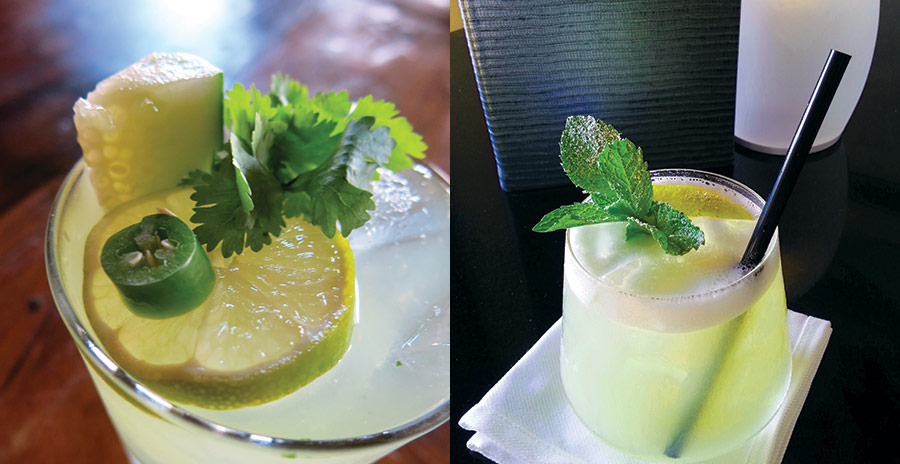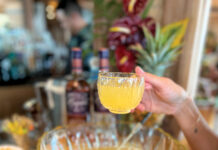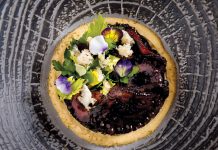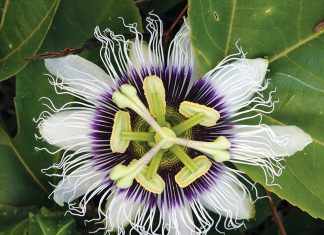Story by Becky Speere

Get the Recipe: The Herbalist | Get the Recipe: Amarillo Fizz
“All tequila is mezcal, but not all mezcal is tequila.”—Tequila-marketing mantra
TEQUILA
Del Maguey (pronounced “muh-gay”) is a species of cactus found from Guatemala to the Grand Canyon; it’s used in the production of tequila and mezcal. The average age of the mature plant at harvest is eight to ten years, although rare varieties, such as arroqueno maguey, can take eighteen years to reach the harvestable stage. While tequila can only be distilled from the blue agave variety harvested in a designated geographic region, mainly Jalisco State, mezcal is made from a wide variety of maguey found throughout Mexico.
Processing tequila is different from mezcal. Steaming cooks and softens the pina, the heart of the agave, which converts the starch into sugar before it is mashed and distilled. Mezcal, on the other hand, is baked in a wood-fired underground pit, hence the smoky nature of the drink.
MEZCAL
If you grew up with mezcal in the 1970s, the worm was the big selling point. What is it with the worm? Well, there are two moths that reside on the agave, and the mezcal worm is the one you’d find at the bottom of the bottle. If you were brave or crazy enough, you’d eat the worm.
During an educational tequila-mezcal tasting at Sangrita Grill & Cantina in the Fairway Shops at Ka‘anapali, Chef Eduardo Pineda introduced the subject of “worm salt.” “It’s $100 a pound, but I have some and you should taste it,” he said.
What I learned that day is that you don’t do lime and salt with mezcal; the lime’s acidity overrides the mezcal’s delicate characteristics. Instead, we had slices of sweet Valencia orange and the worm salt — whose earthy salt flavor still let me taste the smoky wood through the orange.
Single-vintage mezcals are coming into their own, as mezcal lovers savor the distinct flavor profiles created by terroir: soil, climate and rainfall. Harvesting throughout Mexico, from the ocean to the high chaparral, produces mezcals with many nuances. Pechuga, a mezcal I now call my favorite, is distilled beneath a raw chicken breast; it has a light meatiness and sweet finish. More exotic mezcals can cost up to $120 a bottle — and are worth it, say aficionados who consider mezcal the “new cool.”
Deciphering “tequila talk” is the beginning of understanding the complexities of this distillate.
TYPE OF TEQUILA |
METHOD OF AGING |
| Silver tequila | Aged in a metal cask for up to 60 days |
| Gold tequila (silver mixed with caramel coloring & cane sugar) | Aged in a metal cask 60 days |
| Reposado (“rested” — may be mixed or 100% agave) | Aged in a wood cask at least 2 months; higher quality is aged 3 to 9 months |
| Anejo (“old” — 100% agave) | Aged in a repurposed bourbon barrel for at least 1 year; higher quality is aged up to 4 years |






















